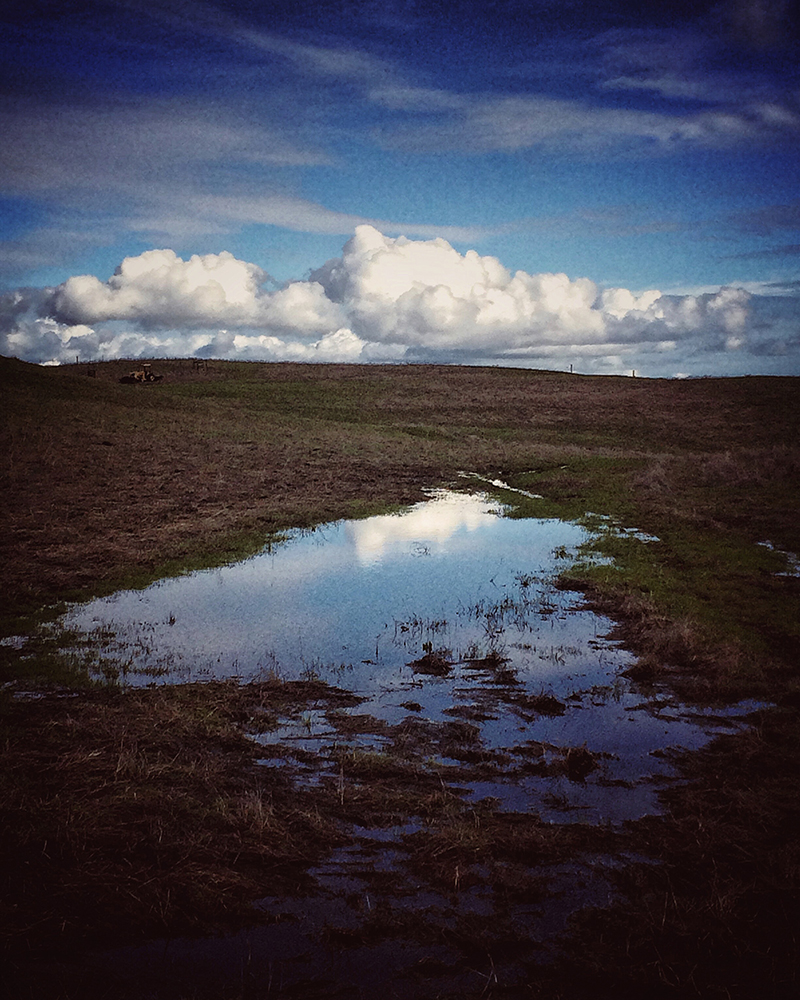About us
The primary goal of the Sonoma Mountain Ranch Preservation Foundation is researching ways of improving ecosystem services such as soil formation, water holding capacity, filtration of pollutants, nutrient cycling, and recovery from disturbance, that are compatible with grazing. Since the arrival of Europeans more than 200 years ago, California’s grasslands have undergone a complete phase change, from a landscape dominated by perennial bunchgrasses to one dominated by introduced annual grasses. Perennial grasses are much better at providing the ecosystem services described above, but they don’t compete well with the annual grasses that were brought here by European settlers. On the Mitsui Ranch, the SMRPF set out to re-establish a perennial grass-dominated rangeland through a multiphase experimental trial.
In collaboration with Dr. Andrew Rayburn (The Nature Conservancy), we first set out to measure and record what species of grasses are here on the ranch, and how those species are distributed on the landscape. We found that very few native perennial grasses remain in the open pastures, and that just a few species of introduced annual grasses dominate them; many are not very high-quality forage species for cattle. We also surveyed much of the ranch property and compiled a list of native perennial grasses that are still present. Now that we know what we have versus what we want, we began to plan how to achieve our goals.
We decided to use differences in life history strategies between perennial and annual grasses to give an advantage to perennial grasses. Annual grasses invest most of their energy into producing a massive annual seed crop and invest very little in their root systems. The shallow roots are what cause the annual brown-up of California’s rangelands in late spring: when the rains stop and soil moistures recedes into the depths, annual grasses dry up. In contrast, perennial grasses invest heavily in their root systems. The height of the growing plant on the surface often has a root system that measures the same distance into the soil below…almost a mirror image. This life history difference between the two plant types results in a difference in vulnerability to fire. Perennial grasses recover from fire easily because they can start new growth from energy stored in their extensive root systems. Annual plants do not recover but depend on energy invested in the seeds that have dropped to soil; most of those seeds will survive on the soil surface and sprout when winter rains return. However, if a fire occurs at a time when the seeds are still on the standing plant, fire will kill them and drastically reduce the annual grasses in a pasture.
In June of 2013, we enlisted the aid of CalFire, and several local fire departments, to help us burn off a ten-acre test field. We timed the fire for a time when the annual grasses were almost dead but still held most of their seeds on their stalks. Our desire was to kill most of an alien annual grass called medusa head. Medusahead is a species that cattle will not eat therefore it continues to grow, unabated, until it takes over vast portions of pasture, leaving little food for cattle.
Medusahead is usually the last grass to die out each spring

